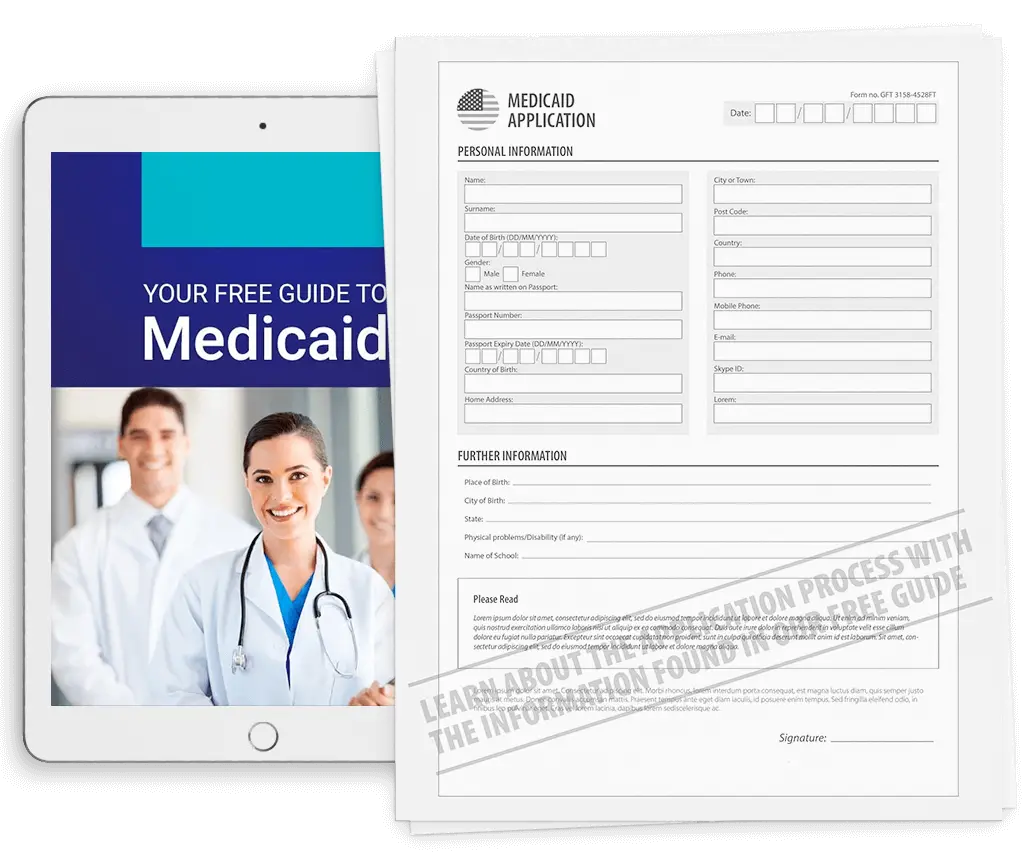Creating a financial plan is the best way to stay on top of bills and alleviate stress around due dates. Just listing monthly costs can be beneficial, as it helps outline where and when to allocate resources. By developing an aggregated account of reoccurring bills and ongoing debts, individuals and families can look for ways to lower expenses. While some costs are firmly set, such as rent and mortgage payments, other monthly expenditures are susceptible to cutbacks.
Where does my money go?
The first step to developing a monthly budget is to write out a list of bills and expenses. If you use a debit or credit card often, reviewing past statements is a great way to document easy-to-forget costs, like a daily latte at the corner café.
Organize items into priority groups such as necessities, obligations and discretionary funds. Necessities include living expenses, groceries, health insurance and other unavoidable expenses for basic survival.
Obligations can include outstanding debts like student loans, credit cards, alimony, child support, day care and car payments, as well as associated costs for daily activities like travel expenses and home maintenance. Discretionary funds are those that are optional, such as cable television, cell phones plans, restaurants, hobbies and gifts.
Tips for Cutting Costs
After prioritizing expenses, determine which costs are available for reduction or dismissal altogether. To cut down the grocery bill, individuals and families can use coupons, buy produce seasonally and purchase generic rather than name brand products.
Advance planning of meals based on sales and available coupons will not only keep food expenses low but also keep mealtime organized. Using these methods can save an average of 30 percent on groceries. Owning a car may sound like the American dream of freedom. However, in reality, vehicle ownership is one of the biggest financial liabilities.
Apart from the actual cost of the automobile, ongoing expenses like gasoline, car insurance and maintenance can make owning a vehicle the second largest household expense after rent. If you are in a position to take public transportation or utilize ride-share programs, getting rid of your vehicle can save you over $1,600 for fuel, $700 for maintenance and $1,500 for insurance annually.
Cutting out discretionary spending, which includes eating at fast-food restaurants and subscribing to streaming entertainment services, is a perfect way to curtail unnecessary costs. For example, if you opt to make coffee at home rather than spending $5 each business day, you can save $1,300 a year.
However, eliminating frivolous costs does not need to mean eliminating all fun and entertainment. By means of example, choosing to borrow a movie from the library rather than going to see one in theaters offers similar entertainment without any cost.
Share the Financial Burden
Most consumers are aware of the benefits of buying in bulk. The same savings can apply to monthly expenses when users split the cost. For instance, the average individual cell phone plan can cost between $50 to over $100 depending on several factors, including the type of phone.
However, most family plans (up to four lines) average between $100 and $175. Splitting the cost of a shared cell phone plan can drastically reduce the cost. Likewise, individuals who live in apartment buildings may be able to share wireless internet services between units.
Carpools are another great way to split transportation costs. Establishing a ride-sharing program at the office not only reduces the costs of tolls, fuel expenses and car insurance based on miles driven, but also wear and tear on your personal vehicle that can result in costly mechanical maintenance and repairs.
| Expense | Original Cost | New Cost | Savings |
| Groceries | $500 | $350 | $150 – coupons and shopping for sales |
| Daily Coffee | $100 | $0 | $100 – making coffee at home |
| Mobile Phone | $75 | $40 | $35 – splitting family plan |
| Internet, Wi-Fi | $60 | $15-30 | Over $30 – sharing with neighbors or roommates |
| Transportation, owning a car | $320 | $50 | $270 – ride sharing, public transportation |
| Restaurants and fast food | $200 | $20 | $180 – make dining out a treat |
| Totals | $1,155 | $475+ | $765+ |
